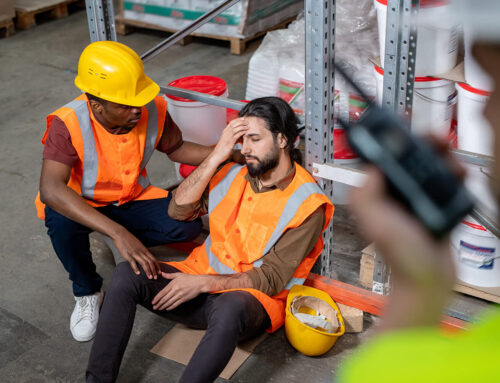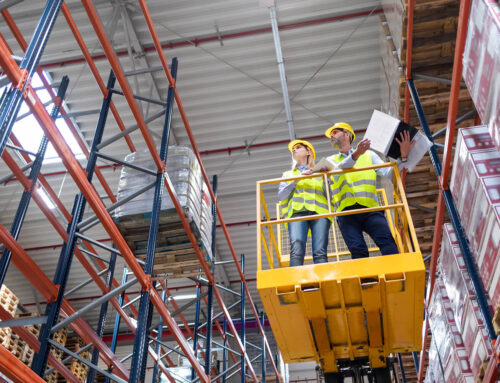To give yourself the best chance of the fairest and fullest possible recovery in your New York construction injury case, it pays to assert as many different claims as possible, and to fight for your right to argue all of them at your trial. Doing that effectively, of course, means knowing how to make the right arguments and give the court the right evidence and other information it needs. In other words, it pays to have a skilled New York City construction injury attorney handling your case and providing the representation you need.
The case of an injured man working in Manhattan provides a useful example. The worker, G.M., was a foreman for a company doing asbestos removal at an elementary school. The work involved getting the materials that contained asbestos out of the building’s ceiling and some of that work was done using a jackhammer. G.M. was reportedly hurt when one of the long light fixtures in a classroom, which was held to the ceiling with thin steel beams, crashed down and hit him.
Clearly, G.M.’s injury would seem to present a potentially winning case under New York’s “Scaffold Law.” That’s because, whether or not you were using a scaffold at the time of your accident, you, as a construction worker, are entitled to proper safety protections to safeguard you from injuries resulting from falls or falling objects. That includes objects like light fixtures hung from ceilings.
G.M. had also asserted, in addition to his Scaffold Law claim, a claim under another statute, Section 241(6). That law says that, if a violation of certain New York safety regulations occurred at your work site and you were hurt as a result of that violation, then you can recover compensation.
New York’s safety regulations say that “walls, chimneys and other parts of any building or other structure shall not be left unguarded in such condition that such parts may fall, collapse or be weakened by wind pressure or vibration.” The safety regulations also require that “continuing inspections” take place, and that those inspections inspect “against hazards which are created by the progress of the demolition work itself.”
In other words, if G.M. could produce evidence that the ceiling was left unguarded and in “such condition” that the light fixtures could fall simply as a result of vibrations caused by jackhammers, then he potentially had established a safety regulation violation, and possibly had a winning case under the Section 241(6) law. Similarly, if continuing inspections weren’t being done, or weren’t being done based upon the actual demolition work that was taking place, then that also might make his Section 241(6) claim successful.
Whether your construction injured happened due to a falling light fixture, a falling stone, falling plywood, falling rebar or any of 1,000 other objects located at a construction site, that accident may entitle you to receive significant compensation. Talk to the skilled New York City construction injury attorneys at Arcia & Associates to get legal representation upon which you can rely upon to meet your legal needs.
Contact us at 718-424-2222 to find out how we can help you.











